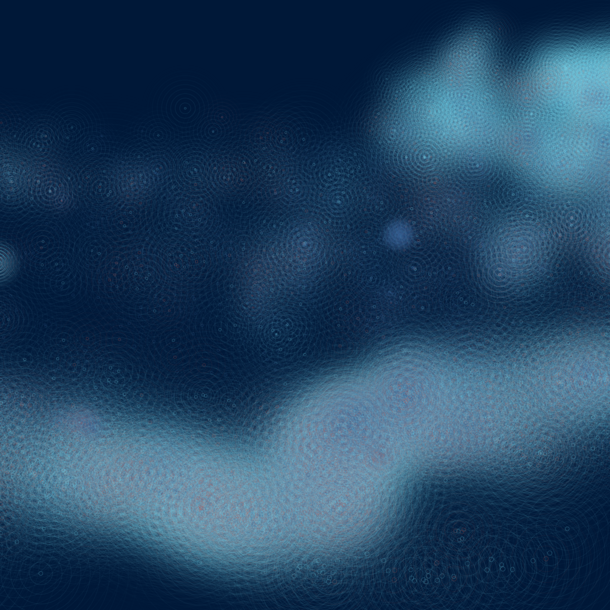Real-Time Autonomous Hydroacoustic Object Detection
Doctoral Researcher:
Christian Kanarski, GEOMAR and CAU Kiel, ckanarski@geomar.de
Supervisors:
-
Prof. Dr. G. Schmidt, Kiel University, Digital Signal Processing and System Theory, gus@tf.uni-kiel.de
-
Prof. Dr. J. Greinert, GEOMAR, Marine Geosystems, jgreinert@geomar.de
Location: Kiel
Disciplines: electrical engineering, physical oceanography, applied mathematics
Keywords: digital signal processing, machine learning, numerical algorithms
Motivation: The detection of backscattering objects of hydroacoustic waves under water (e.g. gas bubbles, fish or other backscattering objects) is an important research topic, especially if this task should be performed in an efficient, robust, and unsupervised manner by autonomous underwater systems installed in e.g. landers, moorings or on vehicles (AUVs). The performance of such autonomous detection systems is defined to a high degree by their adaptivity and their ability to learn. Optimal use of limited resources, e.g. battery capacity, demands flexible adjustment with respect to the environment of such „cognitive“ systems.
Aim: This Doctoral research project aims in the analysis and real-time realization of cognitive acoustic Multi Input Multi Output (MIMO) systems for the detection of e.g. gas bubbles under water. While conventional acoustic systems are using mainly beamformer-based approaches, the Doctoral research project should focus on individual orthogonal signals for each projector allowing for improved parallelism in the data analysis. Furthermore, adaptive Doppler analysis can improve the performance of pattern recognition schemes for gas bubble or fish detection, especially in the presence of interfering objects such as fish swarms. Besides the innovations in terms of the new acoustic front-end and the corresponding signal enhancement and detection schemes, the cognitive aspect of such systems will be the focus of investigation. Examples for such aspects are ping duration, beam and Doppler spread distribution, but also impacts on the predefined mission e.g. of AUV course planning (to reach positions for optimal detection). Finally, machine-learning techniques (e.g. deep neural networks) should be investigated to improve the detection of objestc on one hand, but also on decision on micro maneuver plans to position the AUV in optimal detection positions without deviating too much from the planned course.
Objectives: (1) Develop algorithms for a real-time MIMO detection system, (2) optimize the system properties, (3) apply machine-learning techniques for improved object detection.
References:
- Urban, P., Koser, K., and Greinert, J. (2016): Processing of multibeam water column image data for automated bubble/seep detection and repeated mapping. Limnol. Oceanogr.: Methods 00, 2016, 00–00; doi: 10.1002/lom3.10138
- Veloso, M., Greinert, J., Mienert, J., and De Batits, M. (2015): A new methodology for quantifying bubble flow rates in deep water using splitbeam echosounders: Examples from the Arctic offshore NW-Svalbard. Limnol. Oceanogr.: Methods, doi: 10.1002/lom3.10024
- Greinert, J. (2008): Monitoring temporal variability of bubble release at seeps: The hydroacoustic swath system GasQuant. Journal of Geophysical Research, 113, C07048, doi:10.1029/2007JC004704.
- T. Kaak, G. Schmidt: An Introduction to Real-time Cognitive SONAR Systems Utilizing Novel MIMO Approaches, Proc. DAGA, 2017









